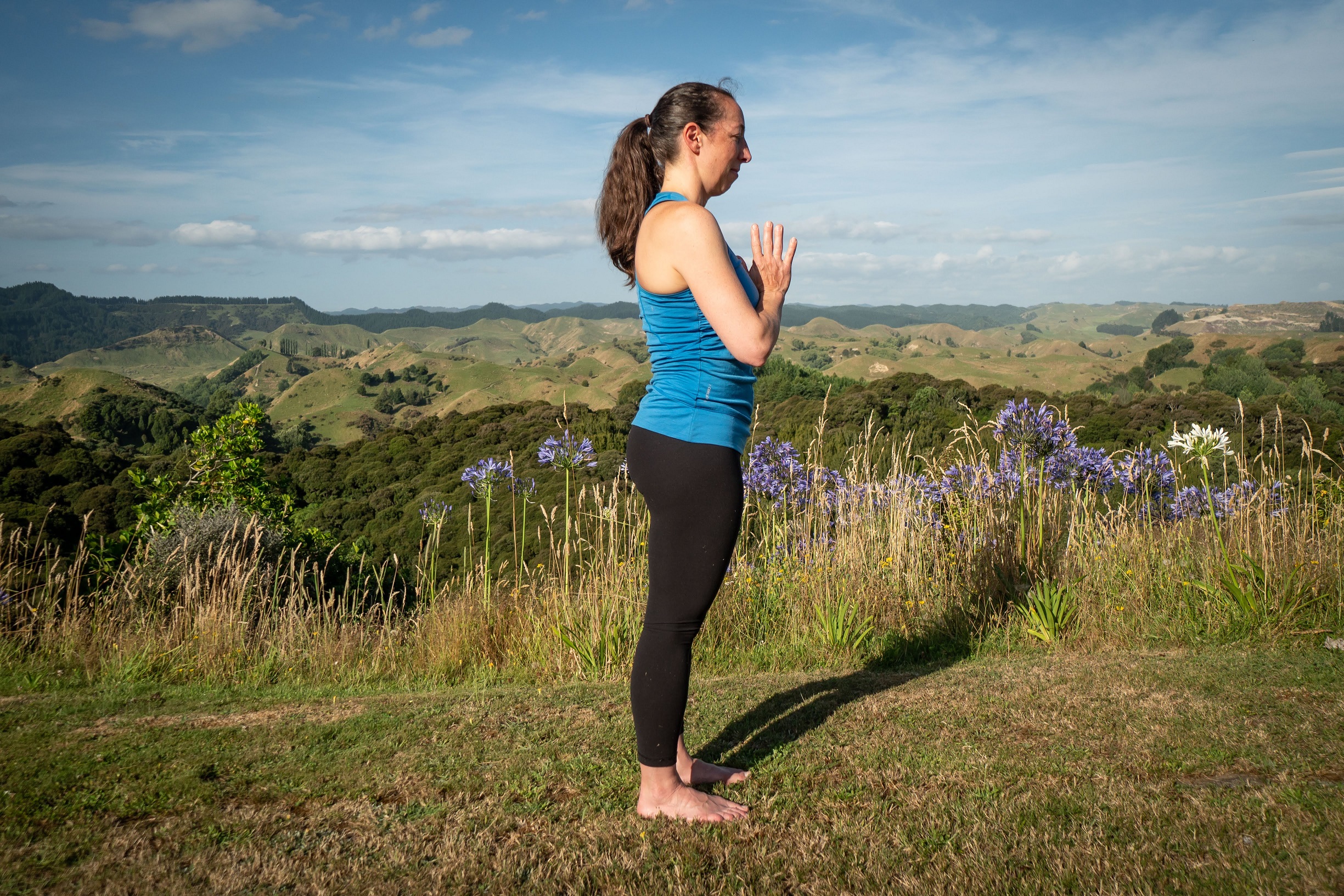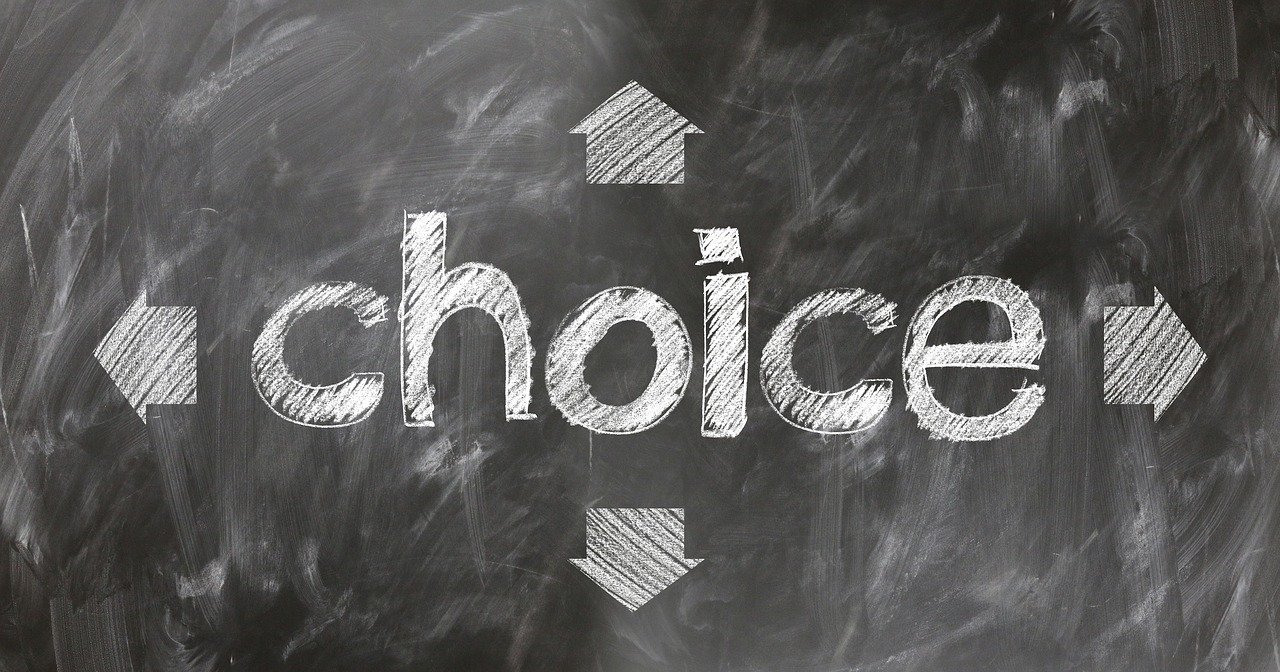Since I’ve recently written about the benefits of sun salutations and how to adapt them, I was intrigued when a podcast brought up the question of where sun salutations, or surya namaskar, originated from.
The answer is not straightforward and the discussion has created debate and criticisms of ignoring the history and roots of yoga.
In the 4th episode of the Yoga is Dead podcast, Tejal Patel and Jesal Parikh, explore how ‘vinyasa killed yoga.’ Wait what does that have to do with the history of sun salutations? Each episode of the series explores different things that have negatively impacted and minimised the intention and purpose of yoga, particularly as yoga has become monetised and co-opted in the West. This episode explored how the over-emphasis on getting a physical workout from a yoga session has taken away from the intention and purpose of yoga as a philosophy, pathway to meditation and spiritual practice. Part of their podcast included the wider dialogue about the origination of sun salutations as an example.
They referenced Mark Singleton’s book, published in 2010, which suggested that sun salutations were a more modern development dating to the early 1900s with European influences including gymnastics and weight training. Mark attributed sun salutations to Krishnamacharya who helped to introduce and popularise yoga in the 1900s, in part by creating and offering practices of sequenced physical poses.
However, Jesal and Tegal highlight that there are are many aspects of Indian and South Asian culture and religion dating much further back that are similar to sun salutations including traditional Indian wrestling, Bharatnatyam (classical Indian dance), prayer practices, and more more. See their resources page for a list of links for examples.
As they were wrapping up the episode, Tejal said asana (the physical positions of yoga) has always been an evolving practice and “I think it’s a good thing to update asana with the information we have today, just as long as we’re respectful of the roots and context of yoga.”
Ok, so let’s get back to that question then, where did sun salutations originate from? Well, yoga is thousands of years old and has been influenced by many swamis and gurus (leaders, teachers) over time. With such a long evolving oral and written history, there is much history to explore. Here’s a sampler of my own exploration.
Wikipedia does a nice job briefly summarising some of the theories of when and who originated the sun salutation noting that “Indian tradition connects the 17th century saint Samarth Ramdass with Surya Namaskar exercises, without defining what movements were involved.” It goes on to say in the 1920s, Bhawanrao Shriniwasrao Pant Pratinidhi, named and described the practice in his book The Ten-Point Way to Health: Surya Namaskars published in 1928. In fact there’s even an image from the book showing the poses of the sun salutation.
If we go back to Mark Singleton who credited Krishnamacharya with creating sun salutations, it’s worth doing a little reading on Krishnamacharya. This article explores Krishnamacharya’s long history of learning and sharing yoga. Specific to sun salutations the author writes:
“Thus began one of Krishnamacharya’s most fertile periods, during which he developed what is now known as Ashtanga Vinyasa Yoga. As Krishnamacharya’s pupils were primarily active young boys, he drew on many disciplines—including yoga, gymnastics, and Indian wrestling—to develop dynamically-performed asana sequences aimed at building physical fitness. This vinyasa style uses the movements of Surya Namaskar (Sun Salutation) to lead into each asana and then out again. Each movement is coordinated with prescribed breathing and drishti, “gaze points” that focus the eyes and instill meditative concentration. Eventually, Krishnamacharya standardized the pose sequences into three series consisting of primary, intermediate, and advanced asanas. Students were grouped in order of experience and ability, memorizing and mastering each sequence before advancing to the next.”
From Krishnamacharya’s Legacy: Modern Yoga’s Inventor, by Fernando Pagés Ruiz, published in Yoga Journal 28 Aug 2007.
If you read the article, you can appreciate that Krishnamacharya spent decades studying yoga as well as Sanskrit, and Indian logic, ritual, law, and the basics of Indian medicine from several texts and people. It seems possible that the practice or concept may have been present in his learnings from any one if not several of the influences in his yoga education and journey.
In fact, Mark Singleton wrote that Pattabhi Jois, a student of Krishnamacharya, said that the stages of the sun salutation sequences are enumerated in the Vedas, though Mark followed that up to say it was hard to prove. But let’s think about that a minute. Wikipedia defines the Vedas as a body of religious texts originating in ancient India and dating back to the 2nd millennium BCE, initially transmitted orally and eventually composed in Vedic Sanskrit. Finding an exact reference for surya namaskar or sun salutations in the Vedas is not just a Google search for that one citation. For example, these articles, The Ancient Origins of Surya Namaskar: Sun Salutation from Yoga International and The origin of the Sun Salutation from EkhartYoga, give two different suggestions of how the stories in the Vedas could be linked to sun salutations.
It’s worth noting that my learning about this history is limited to the English language as well, so just imagine how much more information you could find exploring this question in the Languages of India!




